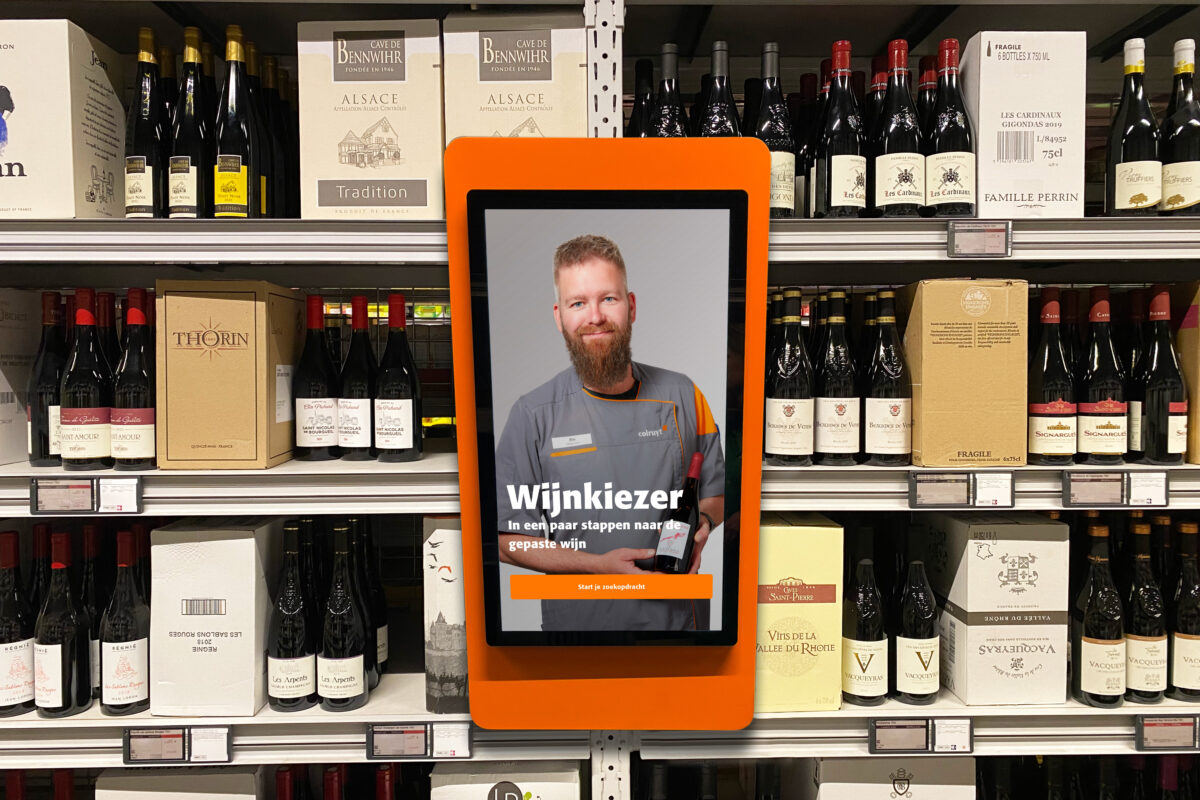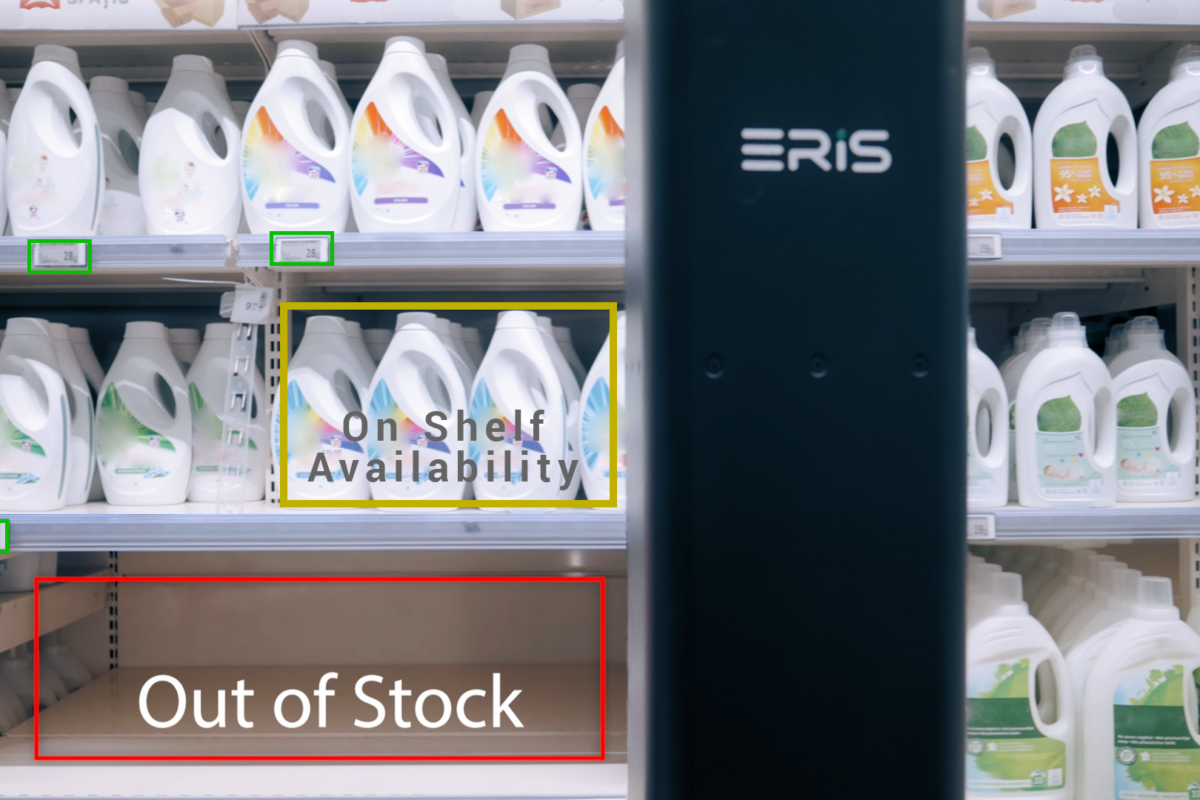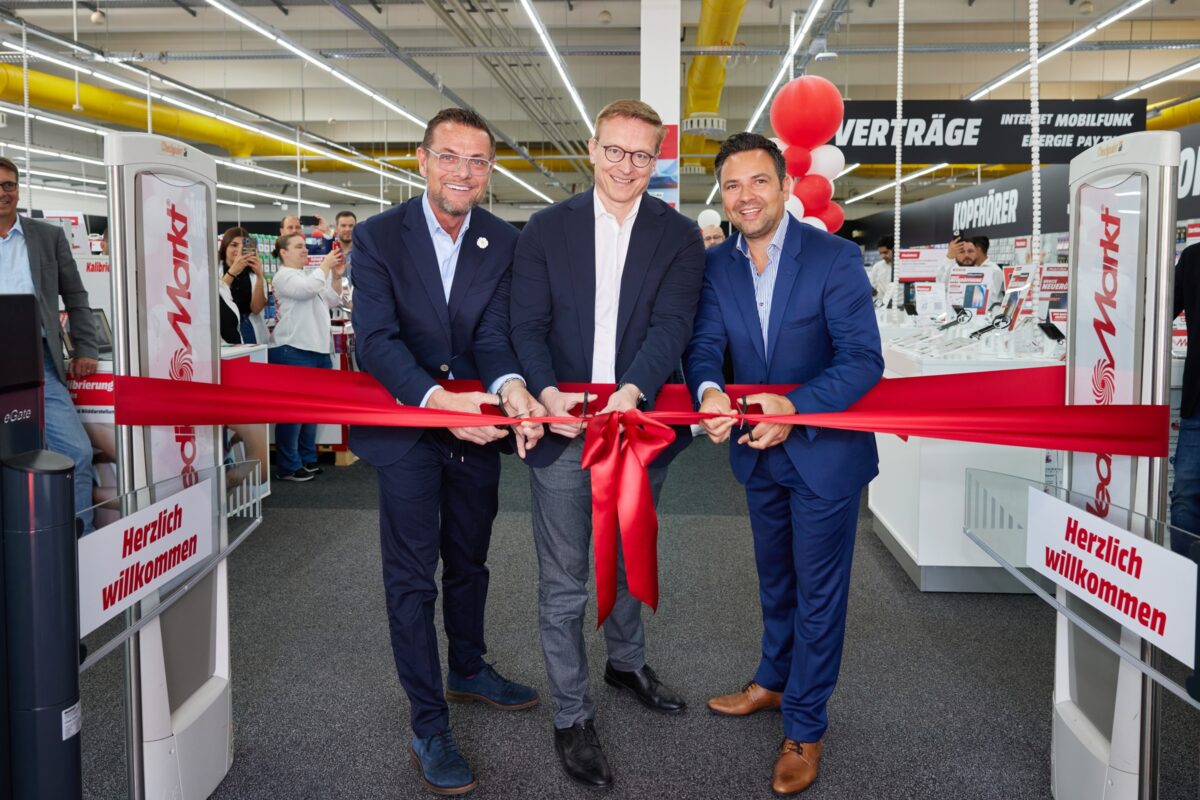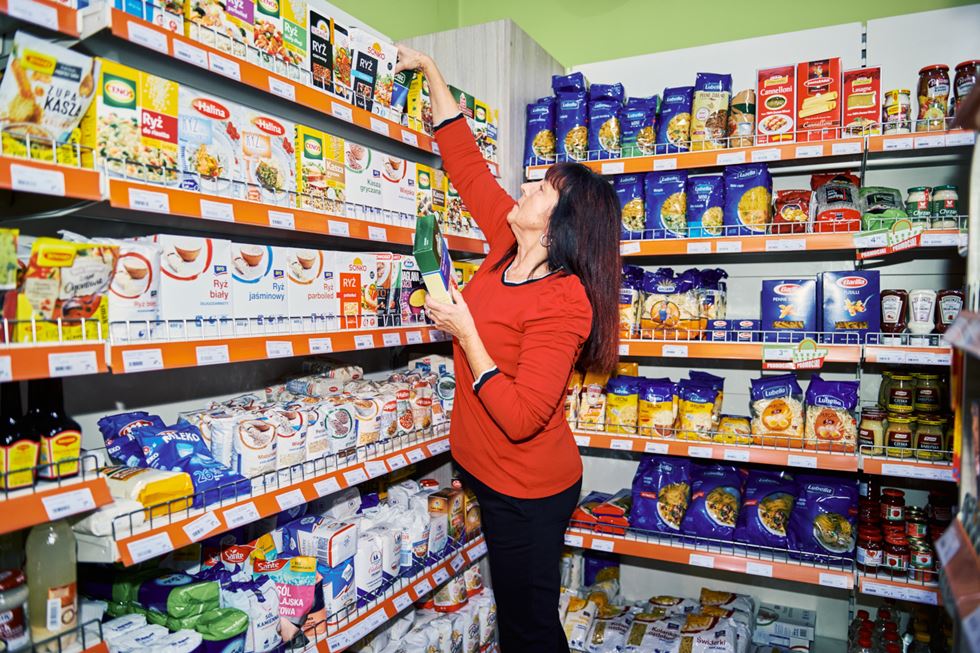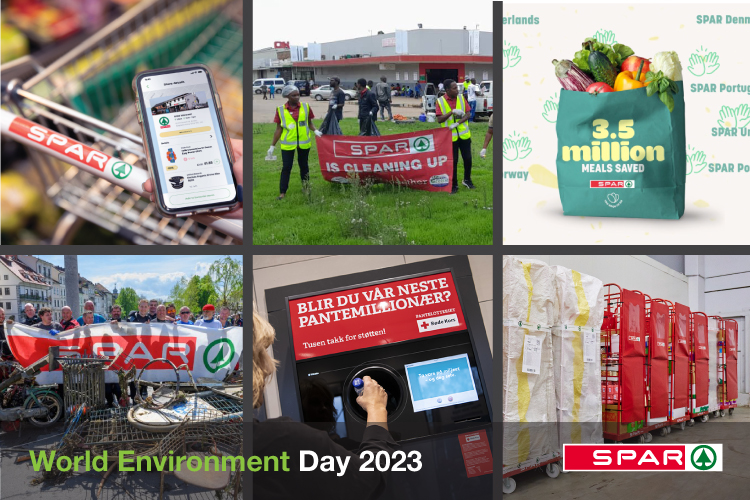How DHL Supply Chain uses state-of-the-art technologies to keep up with rising customer expectations
by Elisa Wendorf (exclusively for EuroShop.mag)
The COVID-19 pandemic also had a major impact on the logistics industry. Online sales have increased tremendously, prompting customer expectations to rise as a result. To improve e-fulfillment – all operations that deliver products to customers after ordering – efficiency, DHL Supply Chain relies on modern technologies. We spoke with Dr. Dietmar Steins, EVP Global Solutions Design at DHL Supply Chain, about the importance of supply chain transparency and discussed ways to optimize e-commerce order fulfillment and warehouse management.

Dietmar Steins // © DHL Supply Chain – Global Solutions Design
Mr. Steins, what are the challenges facing supply chain management in terms of e-fulfillment operations today?
Dietmar Steins: Transparency is one of the major challenges in supply chain management. It is an important aspect for everyone involved in the supply chain – the customer, the online shipper, and the logistics provider. Shippers and logistics providers want to meet and exceed the needs of end customers to prevent them from going to competitors. This puts enormous pressure on providers in terms of deadlines and costs because it is relatively easy to compare the best products, prices, and shipping times. But there is another reason why supply chain transparency creates a key competitive advantage for e-sellers. If you can map business processes in real time, you can also improve warehouse management and stock products in response to changing customer demand. You can use this data to make predictions as it pertains to customer behavior, for example. Ultimately, transparency in the supply chain helps to improve time management, costs, and quality.
Of course, there are other challenges as well: The recently blocked traffic in the Suez Canal has shown that we must bring greater resilience to supply chains. After all, not all products come from the warehouse next door. It’s a global challenge that can be solved with the right software and analysis tools.
What tools does your company use in this setting?
DHL Supply Chain relies on a wide variety of solutions to ensure supply chain transparency and supply chain management. Thanks to our Everstream Analytics service, we can monitor global supply chains and analyze any potential risks.
To optimize proximity to sales markets, we also created the so-called European Fulfillment Network. This solution offers online retailers access to our European network of e-fulfillments centers and flexible and easily scalable storage capacities. We can connect customers very quickly and facilitate easy activation and often same-day turnaround that allows online stores to quickly start selling online in the European market.
You developed your own plug and play software solution IDEA to optimize e-fulfillment for online stores. Why is it beneficial to use a software solution to meet e-fulfillment challenges?
The IDEA software solution is designed to make e-fulfillment more efficient. E-fulfillment means picking and online order processing (packing and delivery) to ensure customers receive the products they have ordered online. You might say, e-commerce is the buying and selling of good or services via the internet, while e-fulfillment is the responsibility of logistics providers. We make the arrangements and process the order and ensure safe and timely delivery to the customer.
The use of IDEA software is beneficial for e-commerce warehouses with fast-moving stock and time-critical products that require fast delivery. The software solution helps fulfill these demands and high expectations and meet the shipping deadlines with resource efficiency.
What role do modern technologies generally play in warehouse logistics?
State-of-the-art technologies are the key to modern warehousing. The competition is fierce since all market participants fight to increase market share. Efficiency, predictability, and cost reductions are the top issues. At DHL Supply Chain our strategy is “Accelerated Digitalization”. The goal is to equip our more than 2000 operational sites worldwide with the latest technologies. This comprises algorithm-based solutions like IDEA, and hardware options such as collaborative and autonomous robots, which have also become interesting for logistics. This includes mobile robots for indoor transportation logistics or robots that assist the order picking process. Our warehouse employees also have so-called wearable devices to increase efficiency, digitize workflow and avoid paper-based processes.
All these steps are important because our goal is to continuously improve when it comes to quality, time, and cost. But that does not mean we want to replace humans with technology. We strive to reduce repetitive and cumbersome operations and create a more attractive work environment.
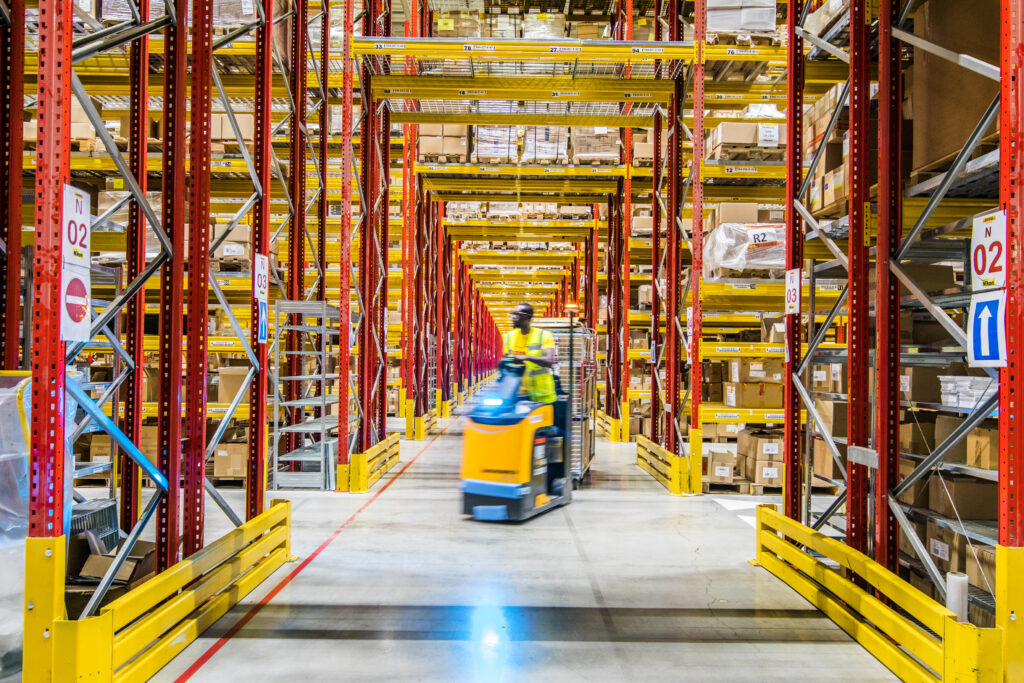
© DHL Supply Chain
How has supply chain management changed since 2000?
Customer expectations have changed dramatically. Today’s customer expects premium service and prefers same-day delivery of orders. Transparency when it comes to the shipment delivery status has become paramount in this setting. The COVID-19 pandemic has definitely accelerated this trend since online shopping is more popular than ever before. Online sales in Germany alone have increased from 1.3 billion euros in 2000 to 72 billion euros in 2020. Here is something else to consider: each new e-commerce store on the market simultaneously raises customer expectations of supply chain management. Meeting these elevated customer expectations is increasingly relevant in business survival.
Over the past years, supply chains have become more and more global, which increases the complexity. Technology is ever-changing and becomes more effective and powerful. Robotics have made their way into logistics.
Environmental, social, and governance (ESG) criteria are also gaining more traction. Germany’s Supply Chain Law (Lieferkettengesetz in German) aims to create an obligation for businesses to conduct human rights and environmental due diligence at all tiers of their supply chains and holds companies accountable for direct suppliers. I believe this will continue to make high demands on our clients in the future and our goal is to support them through these challenges.
How do you envision the future of logistics and e-fulfillment?
I assume these trends will continue to accelerate. Customers will have even higher quality expectations and we will continue to see ever-shorter delivery times. I am sure that a high-performance supply chain will be paramount. If you apply this to online retail, it means making better use of data, creating even more transparency, and facilitating increased warehouse automation. Supply chain resilience is another issue that must be tackled in the future. Requirements of “good corporate governance” will also increase. When it comes to ESG, it will no longer be enough to just implement “CO2-neutral” warehouses – carbon neutral warehousing – but it might be necessary to raise the bar and set up “climate-positive warehouses”. That means “reducing CO2” and saving more greenhouse gas emissions than you are generating. We also need clean transportation solutions such as carbon-neutral electric vehicles, innovative packaging solutions and improve overall logistics efficiency.






